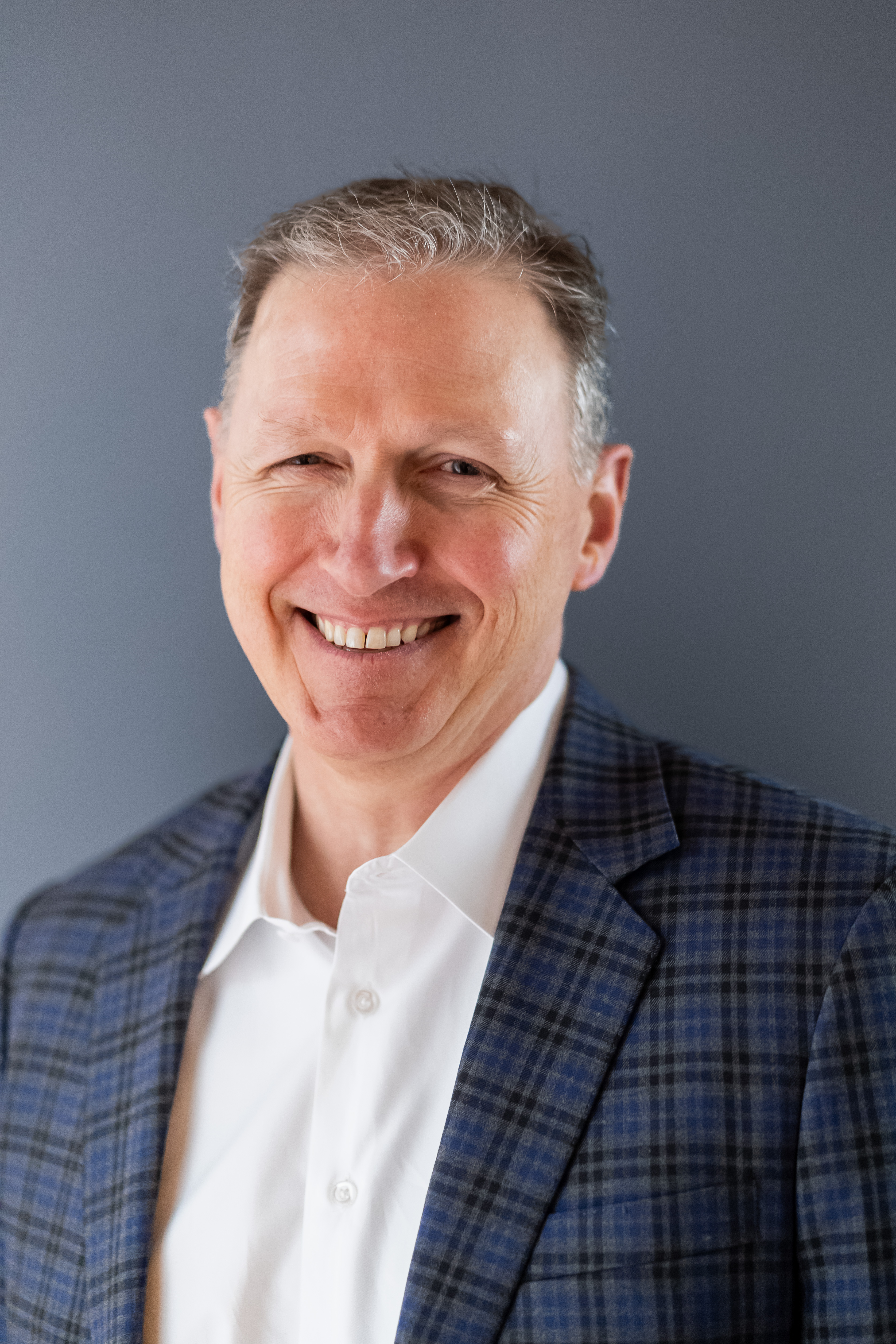
The Hidden Cost of Paying Cash: Understanding the True Price of Self-Financing
The Hidden Cost of Paying Cash: Understanding the True Price of Self-Financing
When it comes to buying real estate, few phrases sound more responsible or satisfying than "I paid cash." For many people, it represents financial independence and peace of mind—no mortgage, no monthly payments, and no interest. But beneath that sense of security lies a financial trade-off that often goes unnoticed: opportunity cost.
Paying cash can feel like freedom, but in reality, it may quietly erode your potential to build wealth. Understanding how money works—its earning power, liquidity, and cost—can mean the difference between a comfortable financial future and a wealthy one.
The Real Cost of Paying Cash
When you pay cash for a property, you eliminate your debt, but you also eliminate your potential for growth. Every dollar you use to buy that property is a dollar that can no longer work elsewhere.
Ask yourself: what return could that same money earn if you left it invested? Could it continue compounding at 5%, 10%, or even 20% per year?
If you pull funds from a retirement account, there's another layer of cost—early withdrawal penalties and taxes, often totaling 20% or more. On top of that, you're interrupting the compounding effect that grows your wealth over time.
This is the essence of opportunity cost: the lost potential of what your money could have earned if deployed differently.
The Power of Employing Other People's Money
Instead of draining your savings, consider the alternative—employing other people's money through a mortgage or financing. Yes, you'll pay interest, but that interest represents the "employment cost" of using someone else's capital to achieve your financial goals.
If your mortgage rate is 6%, but your investments can earn 8% or more, the math becomes simple. You're using low-cost funds to preserve higher-yielding capital. Over time, the spread between those returns can become substantial.
This strategy is what many wealthy individuals refer to as "being your own bank." They keep their money liquid, invest it in assets that grow or produce cash flow, and use borrowed money strategically to acquire more appreciating assets. It's not about debt for consumption—it's about leverage for creation.
Multiplying Wealth Through Leverage
Let's put this into perspective. Suppose you have $500,000 available. You could pay cash for one property and enjoy a paid-off home with no monthly mortgage. On paper, that feels safe.
But what if, instead, you used that $500,000 as down payments for two or three investment properties? Now, you own multiple assets instead of one, each with the potential to appreciate in value and generate rental income. You've also gained access to tax benefits such as depreciation and expense write-offs that help improve your overall financial picture.
Over time, the value of your properties increases while tenants—and inflation—help pay down your loans. The result is compounding growth, not just through property appreciation, but through the strategic use of leverage.
This approach doesn't require reckless borrowing. It requires understanding the difference between debt that consumes and debt that creates.
The Liquidity Advantage
Another major downside to paying cash is loss of liquidity. When you buy a home outright, that money is trapped in the walls of your property. If an emergency arises or a lucrative investment opportunity appears, you may need to borrow against your home—often under less favorable terms.
With financing, however, you retain access to your own funds. That flexibility allows you to react to changing market conditions, take advantage of opportunities, or protect yourself from unexpected downturns. Liquidity isn't just convenience—it's financial agility.
The Misconception About "No Cost"
Many people believe that paying cash means paying "no cost." But that's a myth. The cost just isn't visible. It's the lost return you could have earned had your money been invested elsewhere.
Meanwhile, when you use financing, you're still paying interest—but you also maintain the ability to earn interest and dividends on your retained capital. You're playing both sides of the financial equation instead of just one.
The Bottom Line
There's no one-size-fits-all solution. Every situation is different, depending on your goals, risk tolerance, and financial stage of life. But those who understand the true cost of money—both the price of borrowing and the value of opportunity—gain the power to make better decisions.
Before paying cash for that next property, take a step back and analyze:
What return am I giving up by not investing this money elsewhere?
What is my true cost of borrowing?
How can I use leverage to acquire more income-producing assets?
In the end, it's not about avoiding debt—it's about using money strategically to create wealth, flexibility, and long-term financial security. Those who master this distinction aren't just buying real estate. They're building empires.
Understanding opportunity cost and strategic leverage transforms how you approach real estate financing. The hidden cost of paying cash isn't what you spend—it's what you could have earned.
